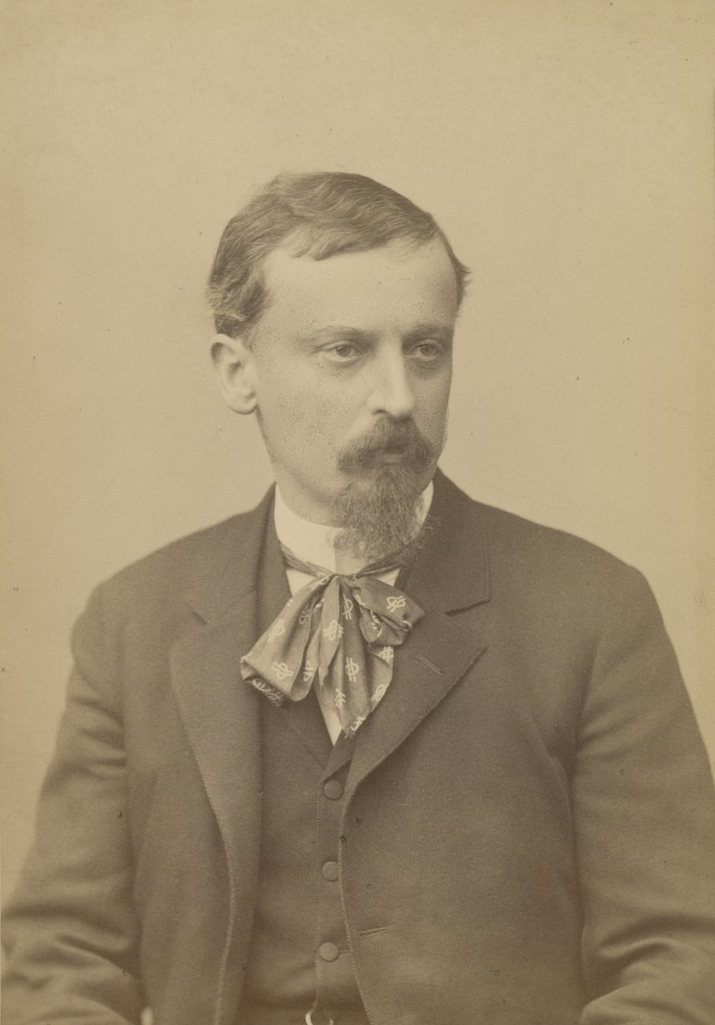|
Zerwikaptur Coat Of Arms
Zerwikaptur is a Polish coat of arms. It was used by several gentry families in the times of the Polish–Lithuanian Commonwealth. A legend about the origination of the coat of arms is used in the novel '' With Fire and Sword'' by Henryk Sienkiewicz Henryk Adam Aleksander Pius Sienkiewicz ( , ; 5 May 1846 – 15 November 1916), also known by the pseudonym Litwos (), was a Polish writer, novelist, journalist and Nobel Prize laureate. He is best remembered for his historical novels, especi ..., whereby a character Longinus Podbipięta managed to cut off the heads of three knights bearing the goat's head on their arms with a single swing of his huge sword. Therefore he named his sword "Zerwikaptur", literally meaning " coif-snapper", and later got the coat of arms of this name. In fact, Zerwikaptur originated well before the times of the novel. See also * Polish heraldry External links * Zerwikaptur Coat of Arms & the bearers. Zerwikaptur {{poland-heraldry-st ... [...More Info...] [...Related Items...] OR: [Wikipedia] [Google] [Baidu] |
Polish Heraldry
Polish heraldry is the study of the coats of arms that have historically been used in Poland and the Polish–Lithuanian Commonwealth. It treats of specifically Polish heraldic traits and of the Polish heraldic system, contrasted with heraldic systems used elsewhere, notably in Western Europe. Due to the distinctive ways in which feudal societies evolved, Poland's heraldic traditions differ substantially from those of the German lands, France, and the British Isles. Polish heraldry is an integral part of the history of the Polish ''szlachta'' (nobility). History Unlike Western Europe, in Poland, the did not emerge exclusively from the feudal class of knights but stemmed in great part from earlier Slavic local rulers and free warriors and mercenaries. Rulers often hired these free warriors and mercenaries to form military units ( pl, Drużyna) and eventually, in the 11th century during the time of Casimir I the Restorer with the development of feudalism, armies paid by the Pri ... [...More Info...] [...Related Items...] OR: [Wikipedia] [Google] [Baidu] |
Szlachta
The ''szlachta'' (Polish: endonym, Lithuanian: šlėkta) were the noble estate of the realm in the Kingdom of Poland, the Grand Duchy of Lithuania, and the Polish–Lithuanian Commonwealth who, as a class, had the dominating position in the state, exercising extensive political rights and power. Szlachta as a class differed significantly from the feudal nobility of Western Europe. The estate was officially abolished in 1921 by the March Constitution."Szlachta. Szlachta w Polsce" ''Encyklopedia PWN'' The origins of the ''szlachta'' are obscure and the subject of several theories. Traditionally, its members owned land (allods), [...More Info...] [...Related Items...] OR: [Wikipedia] [Google] [Baidu] |
Polish–Lithuanian Commonwealth
The Polish–Lithuanian Commonwealth, formally known as the Kingdom of Poland and the Grand Duchy of Lithuania, and, after 1791, as the Commonwealth of Poland, was a bi-confederal state, sometimes called a federation, of Crown of the Kingdom of Poland, Poland and Grand Duchy of Lithuania, Lithuania ruled by a common Monarchy, monarch in real union, who was both King of Poland and List of Lithuanian monarchs, Grand Duke of Lithuania. It was one of the largest and most populous countries of 16th- to 17th-century Europe. At its largest territorial extent, in the early 17th century, the Commonwealth covered almost and as of 1618 sustained a multi-ethnic population of almost 12 million. Polish language, Polish and Latin were the two co-official languages. The Commonwealth was established by the Union of Lublin in July 1569, but the Crown of the Kingdom of Poland and the Grand Duchy of Lithuania had been in a ''de facto'' personal union since 1386 with the marriage of the Polish ... [...More Info...] [...Related Items...] OR: [Wikipedia] [Google] [Baidu] |
Herb Zerwikaptur, Baranow Sandomierski
In general use, herbs are a widely distributed and widespread group of plants, excluding vegetables and other plants consumed for macronutrients, with savory or aromatic properties that are used for flavoring and garnishing food, for medicinal purposes, or for fragrances. Culinary use typically distinguishes herbs from spices. ''Herbs'' generally refers to the leafy green or flowering parts of a plant (either fresh or dried), while ''spices'' are usually dried and produced from other parts of the plant, including seeds, bark, roots and fruits. Herbs have a variety of uses including culinary, medicinal, aromatic and in some cases, spiritual. General usage of the term "herb" differs between culinary herbs and medicinal herbs; in medicinal or spiritual use, any parts of the plant might be considered as "herbs", including leaves, roots, flowers, seeds, root bark, inner bark (and cambium), resin and pericarp. The word "herb" is pronounced in Commonwealth English, but i ... [...More Info...] [...Related Items...] OR: [Wikipedia] [Google] [Baidu] |
With Fire And Sword
''With Fire and Sword'' ( pl, Ogniem i mieczem, links=no) is a historical novel by the Polish author Henryk Sienkiewicz, published in 1884. It is the first volume of a series known to Poles as The Trilogy, followed by ''The Deluge'' (''Potop'', 1886) and ''Fire in the Steppe'' (originally published under the Polish title ''Pan Wołodyjowski'', which translates to ''Lord Wolodyjowski''). The novel has been adapted as a film several times, most recently in 1999. ''With Fire and Sword'' is a historical fiction novel, set in the 17th century in the Polish–Lithuanian Commonwealth during the Khmelnytsky Uprising. It was initially serialized in several Polish newspapers, chapters appearing in weekly installments. It gained enormous popularity in Poland, and by the turn of the 20th century had become one of the most popular Polish books ever. It became obligatory reading in Polish schools, and has been translated into English and most European languages. The series was a vehicle fo ... [...More Info...] [...Related Items...] OR: [Wikipedia] [Google] [Baidu] |
Henryk Sienkiewicz
Henryk Adam Aleksander Pius Sienkiewicz ( , ; 5 May 1846 – 15 November 1916), also known by the pseudonym Litwos (), was a Polish writer, novelist, journalist and Nobel Prize laureate. He is best remembered for his historical novels, especially for his internationally known best-seller ''Quo Vadis'' (1896). Born into an impoverished Polish noble family in Russian-ruled Congress Poland, in the late 1860s he began publishing journalistic and literary pieces. In the late 1870s he traveled to the United States, sending back travel essays that won him popularity with Polish readers. In the 1880s he began serializing novels that further increased his popularity. He soon became one of the most popular Polish writers of the turn of the 19th and 20th centuries, and numerous translations gained him international renown, culminating in his receipt of the 1905 Nobel Prize in Literature for his "outstanding merits as an epic writer." Many of his novels remain in print. In Poland he is ... [...More Info...] [...Related Items...] OR: [Wikipedia] [Google] [Baidu] |
Mail Coif
A mail coif is a type of armour which covered the head. A mail coif was a flexible hood of chain mail that extended to cover the throat, neck and the top part of the shoulders. They were popular with European fighting men of the Middle Ages. History The coif dates from the 10th century, and is a close fitting cap that covers the top, back, and sides of the head. It was usually made from white linen and tied under the chin. They were everyday wear for lower-class men and women from the 12th to 15th centuries. Mail originated with the Celts in the 5th century BC. After the destruction of the Thracians by the Roman Empire, mail came back into fashion as the most common form of battlefield armour much later, during the Middle Ages among European mounted and foot soldiers until the 13th century. Construction The most common pattern of linking the rings together is the 4-to-1 pattern, where each ring is linked with four others. Historically, the rings composing a piece of mail ... [...More Info...] [...Related Items...] OR: [Wikipedia] [Google] [Baidu] |



